5 Easy Houseplants to Propagate
Plant propagation is a fun way to extend your plant collection or share the love with those close to you without having to spend a cent. Propagating plants yourself is well worth the effort and can be highly rewarding. In this guide, we will discuss some of the easiest plants to propagate and give you a step by step guide on how to get the best results.
WHEN TO PROPAGATE AND WHAT YOU WILL NEED
The first step is to always consider the season, as it is generally best to take cuttings during Spring and Summer, when your plant is in active growth mode, ready to replace its trimmed bits.
You’ll need some equipment too:
- Pair of Sharp Scissors: To make the snip
- Something to sterilize your scissors with, such as rubbing alcohol, hydrogen peroxide or even alcohol-based hand sanitiser. Spritzing your scissors with any of these is important to avoid transferring diseases and viruses between plants.
- Powdered Cinnamon: is antiseptic and will seal the cut end to avoid rot when plants are sitting in water.
- A Glass, Ceramic Vase or Propagation Vase: Something to house your cutting in to encourage rooting.
- Water or Perlite: To encourage root growth
Next, let’s look at the 5 Easy Plants to propagate…

HEARTLEAF PHILODENDRON & GOLDEN POTHOS (Philodendron hederaceum & Epipremnum aureus)
When it comes to setting off on your propagation journey there are no better plants, to begin with, than the Heartleaf Philodendron and Golden Pothos. Not only are they fabulously easy to propagate but are highly rewarding too. Their leaf nodes are simple to identify due to the copious amounts of aerial roots growing from these points.
How to Propagate
- Step 1: Choose a vine that has a new growth tip, select around 8 - 10cm of the vine and snip just below a leaf node.
- Step 2: Simply strip any leaves from the cut site to about 5cm towards the growth point.
- Step 3: Dip the cut end in cinnamon and fill your receptacle for your cutting with water.
- Step 4: Pop in your cutting, and place in a warm bright spot. Be sure to change the water weekly.
- Step 5: In a few short weeks, you should notice some fat white roots developing. Once these get to about 6 centimetres long, pot your cuttings into a well-draining potting mix such as our fabulous propagation mix and place a warm bright spot. Keep evenly moist until new growth starts to form: this is a good sign your plant has established.
Once established, it is ready to join the clan or find its new forever home.
TOP TIP: Take at least 15 cuttings, which will make a fantastic full new plant.

CHINESE MONEY PLANT (Pilea peperomoides)
This iconic plant has a few common names and yet the one that suits it best is The Friendship Plant, named this way for its ability to produce copious amounts of offspring that can happily be gifted to all your friends and family.
When it comes to propagating a Chinese Money Plant, it is best to do this when re-potting as it will be easier to safely divide the pups from the mother.
How to Propagate
- Step 1: Find a good-sized pup of approximately 4-6cm tall and follow the stem down to where it is attached to the mother plant. Give it a snip, about half way, with your sterile scissors, and dab both the cut wounds with cinnamon.
- Step 2: Pot up your new plantlets in a well-draining potting medium amended with some Perlite to add extra drainage. Be sure to choose a planter that is just big enough to fit the pups root system comfortably.
- Step 3: Treat as you would the mother plant.
FUN FACT: It is thought that all Chinese Money Plants found today in cultivation are likely to come from one main mother plant purchased by a Norwegian missionary Agnar Espegren, who, upon returning to his home country, handed out sprouts to his friends. Thus eventually spreading the plant, in cultivation, across Europe and beyond.
SWISS CHEESE VINE (Monstera adansonii)
This must-have family member of the Delicious Monster is loved for its vining habit and unique fenestrated foliage. Not only that, but this plant is a fabulous beginner specimen, making propagation the perfect gift for that friend that you are trying to encourage as a plant parent.
The Swiss Cheese Vine is another plant that has very distinct nodes that make taking a cutting super simple. As with the Heartleaf and with the Golden Pothos, select a vine that is long and healthy.
How to Propagate, using the perlite method
- Step 1: Choose a vine that has a new growth tip, select around 8 - 10cm of the vine and snip just below a leaf node.
- Step 2: Simply Strip any leaves from the cut site, about 5cm towards the growth point.
- Step 3: Dip the cut end in cinnamon and fill your receptacle with perlite and halfway with water.
- Step 4: Pop in your cutting, and place in a warm bright spot.
With this method it can be difficult to determine the length of the roots. The best way to determine if the cutting is well developed is by tugging on the cutting, and if you feel resistance, a good root system has developed.
- Step 5: Pot up your cuttings into a well-draining potting mix and place in a warm bright spot, keeping it evenly moist until new growth starts to form.
TOP TIP: Recycle the propagation perlite by using it in your potting mix.
SPIDER PLANT(Chlorophytym comosum)
This Retro 70’s plant has had a fantastic revival in recent years, and there is no doubt as to why. With its gorgeous long ribbon-like foliage that cascades beautifully in a hanging planter. Making for the ultimate easy hanging houseplant. Not only is this an easy-care plant, but is also super simple to propagate.
In nature, the Spider Plant grow along the ground sending out long stolons that will bloom and then develop young pups. Which will root and become their own plant, forming vast colonies.
How to Propagate
- Step 1: Select pups that are at least 6-8cm tall and have a few tiny roots.
-
Step 2: Pick the plantlets off the Stolon.
- Step 3: Place over a vase of water to encourage the roots to develop further. Be sure to change the water weekly.
- Step 4: Once there is a decent root system, pot up 2 - 3 plantlets per planter in a well-draining potting mix.
- Step 5: Keep the soil lightly moist until new growth develops, watering can then be reduced and plant can be treated as with the mother plant.
PRAYER PLANT (Maranta leuconeura)
The Prayer Plant is a striking specimen, prized for its gorgeous colourful foliage and its ability to move with the light. These splendid plants are naturally a groundcover in the Jungles of South America. Due to this, they like many ground cover varieties develop stolons, which will develop a root system when a leaf node touches the ground.As a result of the Prayer Plants growth habit, propagation is simple.
How to Propagate
- Step 1: Look for a cluster of foliage that has developed on the end of a thin stem above a node.
- Step 2: Snip with your sterilized scissors. Make sure to leave about 3 to 5cm of thin stem under the leaf node, and dip the cut end in cinnamon.
- Step 3: Place your cutting in a vase of water, just covering the leaf node. This is the point where roots will develop.
After a few weeks, the cutting will have developed a decent root system.
-
Step 4: Once the root system is developed, you can plant the cutting in a well-draining moisture-retentive potting medium. Our propagation mix is ideal for this.
- Step 5: Once potted up, place in medium to bright filtered position, and keep the potting mix slightly moist to the touch. Give it around a month or so to develop new growth, at this point your plant is well established and ready to be gifted or placed in its new home.
Top Tip: Take at least 3 cutting to fill a 12cm planter.
IN SUMMARY
When plants are being propagated, often they will lose some leaves or they will turn yellow. Don’t be distressed, this is often not an issue, as the plant is using up energy to develop roots. However, if you observe rot having set in, then there is a high likelihood that your cutting will not make it.
Ultimately, propagation is a fun and exciting way to expand your plant collection or to create a special gift for someone. And starting with this simple list of plants could get you started on an exciting and fulfilling journey.











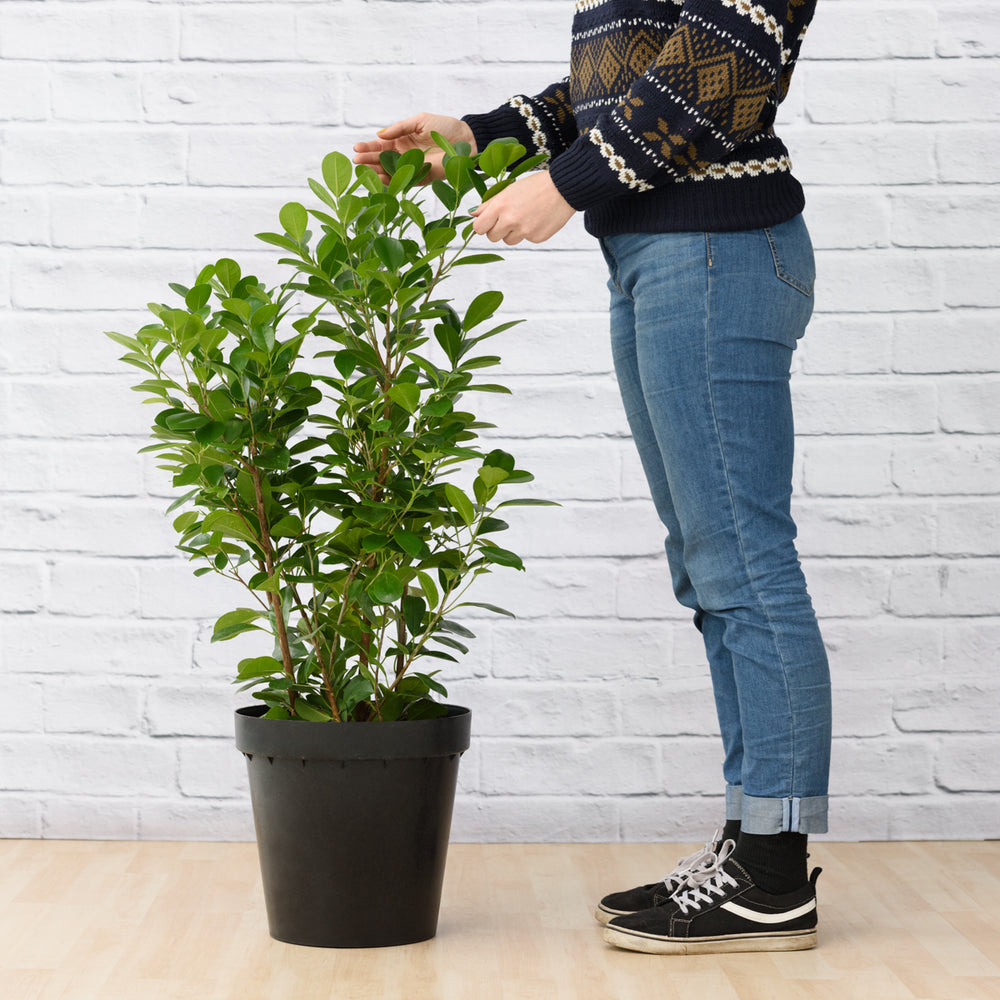
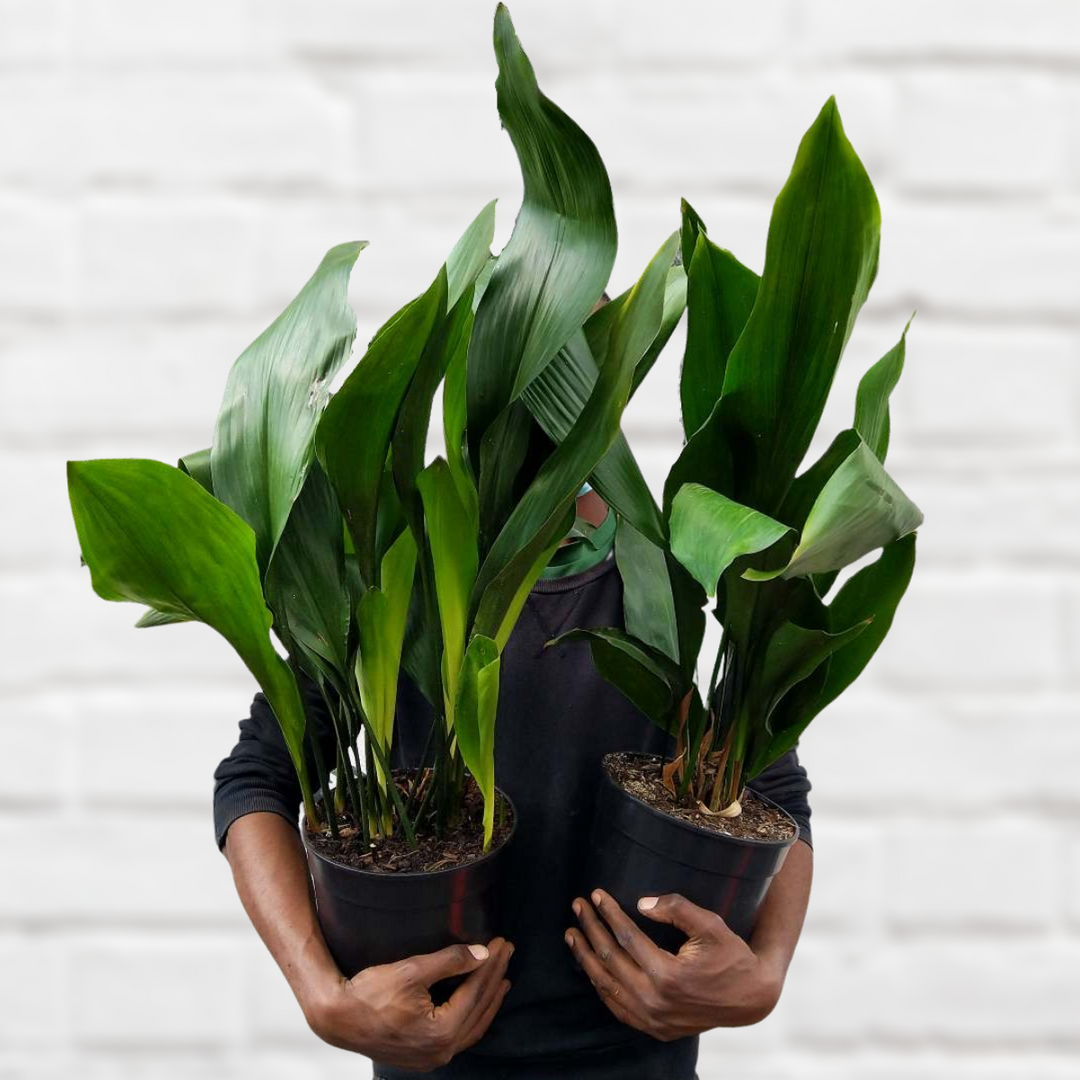
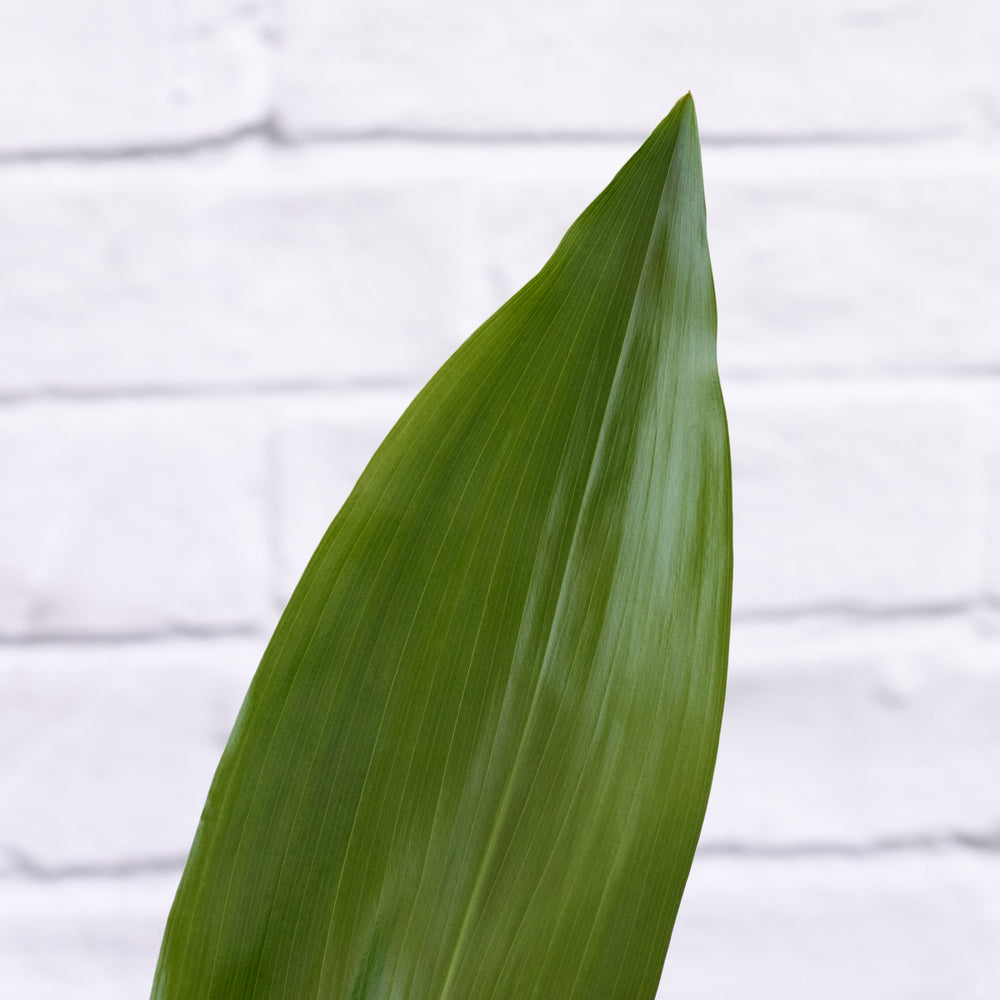
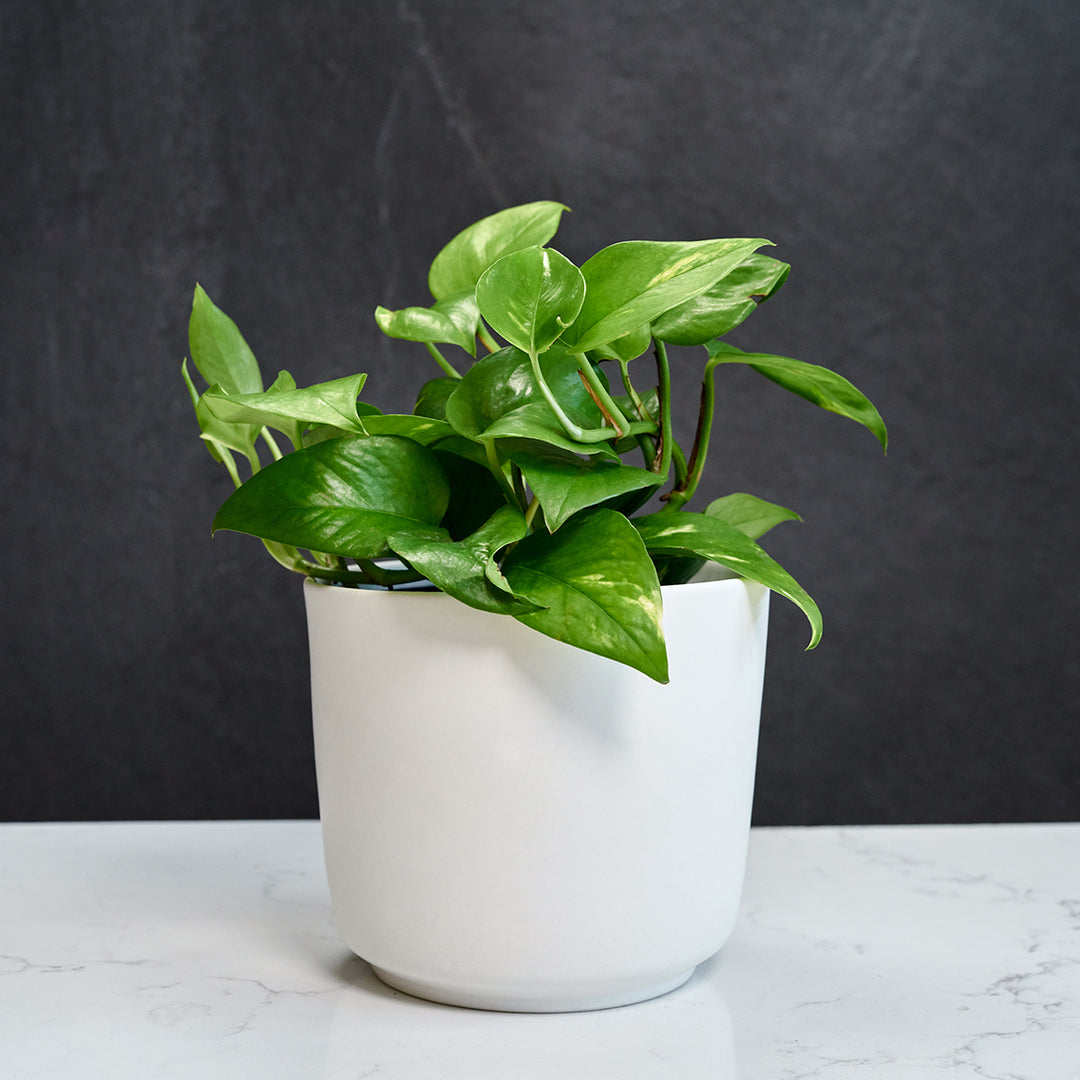
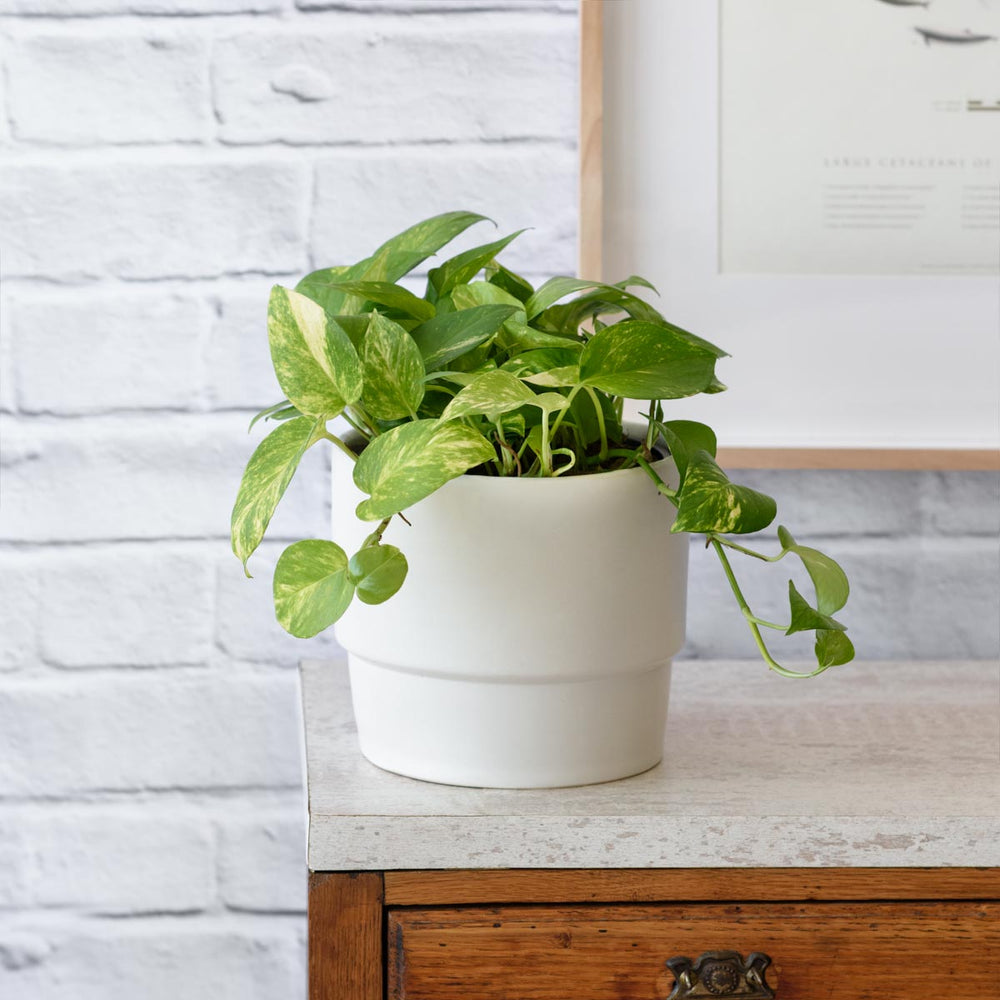




Super useful post, thank you for sharing!
Leave a comment